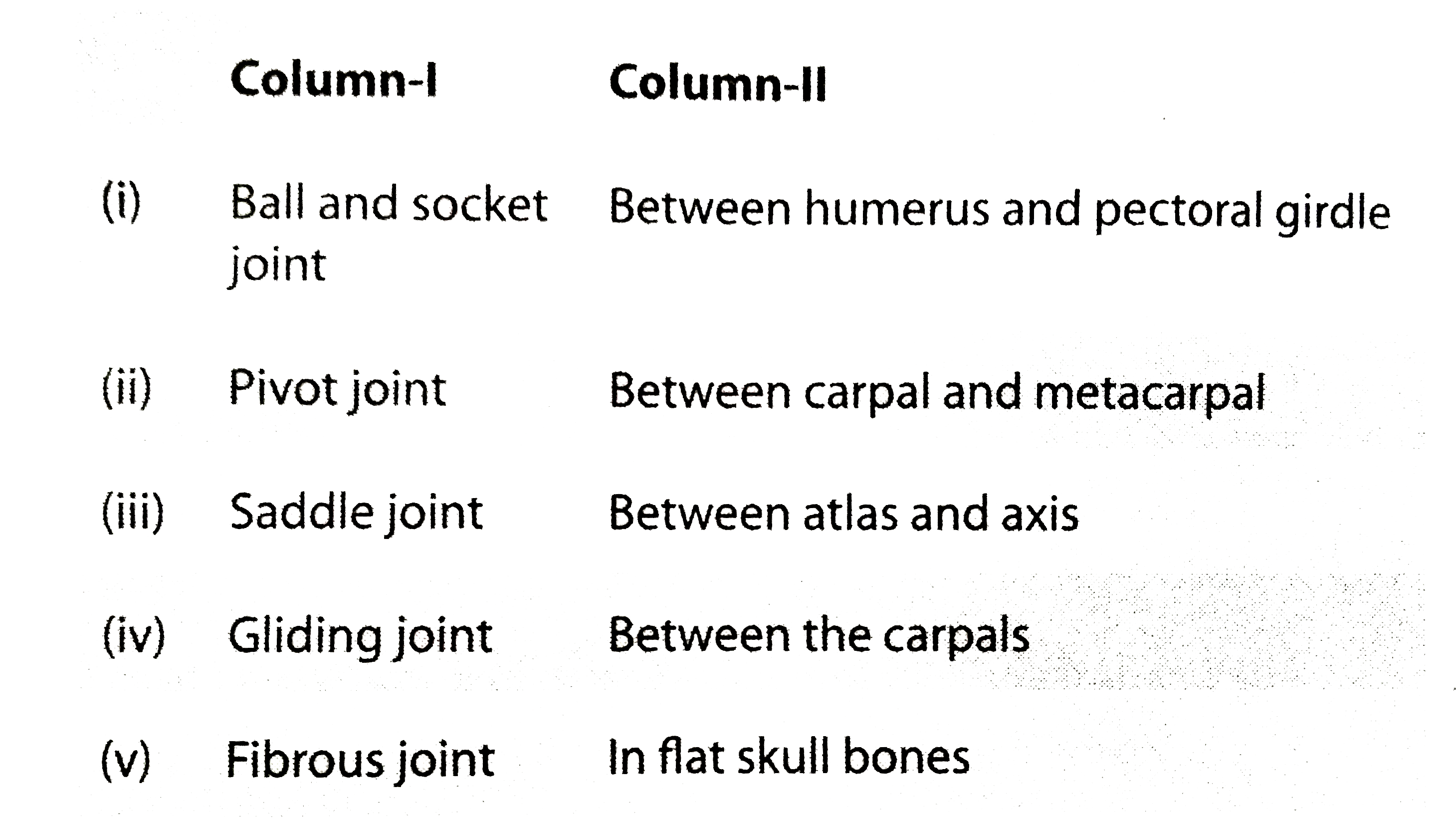What do the following symbols represent in a chemical equation ?
(i) s, (ii) g, (iii) aq, (iv) ↓, (v) ↑
To answer the question regarding the symbols in a chemical equation, we will break down each symbol and explain what it represents.
1. Symbol: s
- Meaning: The symbol "s" stands for solid. It indicates that the substance is in a solid state.
- Example: Zinc metal (Zn) is represented as Zn(s) to show that it is solid.
2. Symbol: g
- Meaning: The symbol "g" represents gas. It indicates that the substance is in a gaseous state.
- Example: Hydrogen gas (H₂) is represented as H₂(g) to show that it is a gas.
3. Symbol: aq
- Meaning: The symbol "aq" stands for aqueous. It indicates that the substance is dissolved in water, forming a solution.
- Example: Zinc chloride in solution is represented as ZnCl₂(aq) to show that it is in an aqueous state.
4. Symbol: ↓ (downward arrow)
- Meaning: The downward arrow indicates the formation of a precipitate. A precipitate is an insoluble solid that forms during a chemical reaction.
- Example: Silver chloride (AgCl) can be represented with a downward arrow when it forms as a precipitate, e.g., AgCl(s) ↓.
5. Symbol: ↑ (upward arrow)
- Meaning: The upward arrow indicates the evolution of a gas. It shows that a gas is being produced during the reaction.
- Example: If hydrogen gas is produced, it can be represented as H₂(g) ↑.
Summary of Symbols:
- s: Solid state
- g: Gaseous state
- aq: Aqueous solution
- ↓: Precipitate formation
- ↑: Gas evolution
- Meaning: The symbol "s" stands for solid. It indicates that the substance is in a solid state.
- Example: Zinc metal (Zn) is represented as Zn(s) to show that it is solid.
- Meaning: The symbol "g" represents gas. It indicates that the substance is in a gaseous state.
- Example: Hydrogen gas (H₂) is represented as H₂(g) to show that it is a gas.
- Meaning: The symbol "aq" stands for aqueous. It indicates that the substance is dissolved in water, forming a solution.
- Example: Zinc chloride in solution is represented as ZnCl₂(aq) to show that it is in an aqueous state.
- Meaning: The downward arrow indicates the formation of a precipitate. A precipitate is an insoluble solid that forms during a chemical reaction.
- Example: Silver chloride (AgCl) can be represented with a downward arrow when it forms as a precipitate, e.g., AgCl(s) ↓.
- Meaning: The upward arrow indicates the evolution of a gas. It shows that a gas is being produced during the reaction.
- Example: If hydrogen gas is produced, it can be represented as H₂(g) ↑.
- s: Solid state
- g: Gaseous state
- aq: Aqueous solution
- ↓: Precipitate formation
- ↑: Gas evolution
Topper's Solved these Questions
- BOOK - ICSECHAPTER - SOME BASIC CONCEPTS OF CHEMISTRY EXERCISE - ESSAY LONG ANSWER TYPE QUESTIONS15videos
SOME BASIC CONCEPTS OF CHEMISTRY
- BOOK - ICSECHAPTER - SOME BASIC CONCEPTS OF CHEMISTRY EXERCISE - OBJECTIVE (MULTIPLE CHOICE) TYPE QUESTIONS (CHOOSE THE CORRECT OPTION IN THE FOLLOWING QUESTIONS)58videos
SOME BASIC CONCEPTS OF CHEMISTRY
- BOOK - ICSECHAPTER - SOME BASIC CONCEPTS OF CHEMISTRY EXERCISE - VERY SHORT ANSWER TYPE QUESTIONS34videos
SOME BASIC CONCEPTS OF CHEMISTRY
- BOOK - ICSECHAPTER - SELF ASSESSMENT PAPER 2EXERCISE - Questions62videos
SELF ASSESSMENT PAPER 2
- BOOK - ICSECHAPTER - SOME P-BLOCK ELEMENTS EXERCISE - NCERT TEXTBOOK EXERCISES (With Hints and Solutions)63videos
SOME P-BLOCK ELEMENTS
Similar Questions
Knowledge Check
- Question 1 - Select One
Which of the following are the fishery by-products?
(i) Oil , (ii) Manure
(iii) Glue , (iv) Isinglass
(v) Shagreen , (vi) LeatherA(i), (ii) and (vi)B(iii), (iv) and (v)C(i), (iii) and (vi)DAll of these
Write the Lewis dot symbols of the following elements and predict their valencies :(i) Na (ii) Mg (iii) P (iv)S(v)Cl (vi) Ar.
View SolutionWhich of the following is/are not carrectly mathched pairs ?

(a) (ii) and (iii)
(b) (i) and (iv)
(c) (v) only
(d) (ii) onlyView SolutiondNdt=rN(1−NK) What does the following notations represent ?
(i) dN/ dt (ii) r (iii) N (iv) KView SolutionWhich of the following numbers are cubes of negative integers (i) −64 (ii) −1056 (iii) −2197 (iv)−2744 (v) 42875
View SolutionWhich of the following numbers are not perfect cubes?
(i) 216 (ii) 128 (iii) 1000 (iv) 100
(v) 46656View SolutionExpand the following biological abbreviations:
(i) NADP
(ii) ADH
(iii) ATP
(iv) DNA
(v) TSHView SolutionSI unit of velocity is
(i) m/s
(ii) m/s2
(iii) m
(iv) sView Solution

